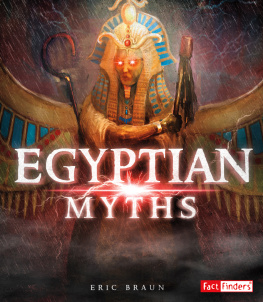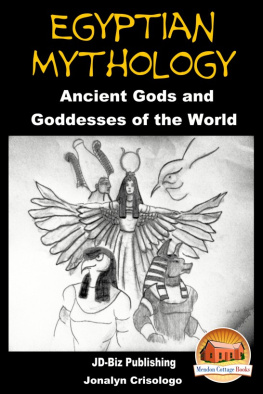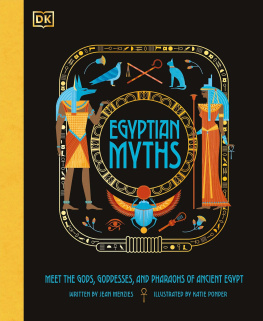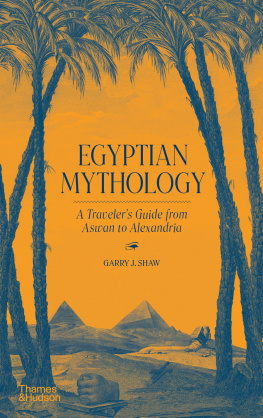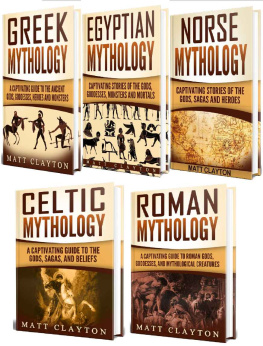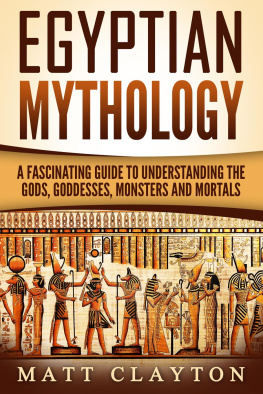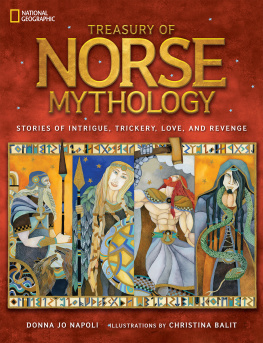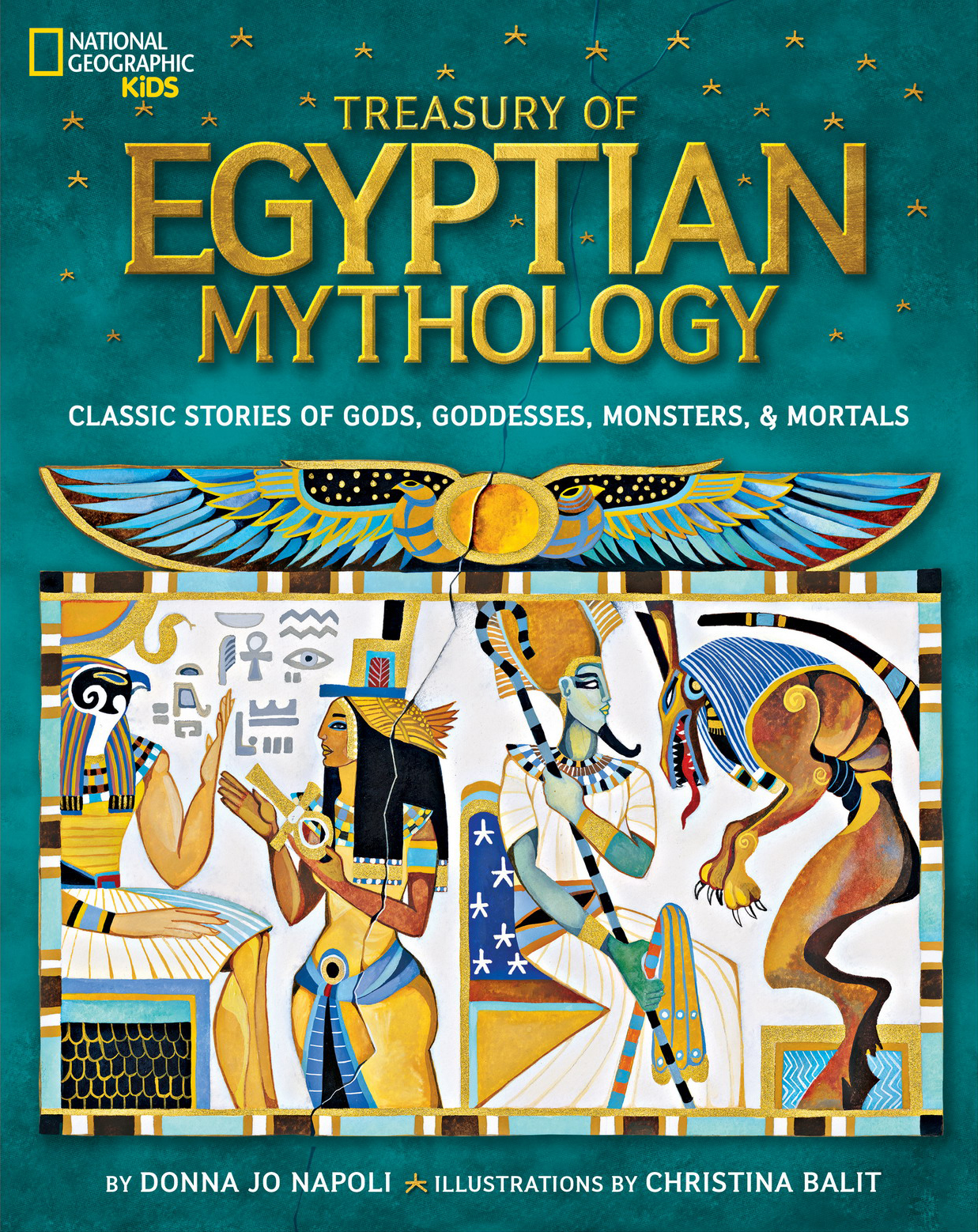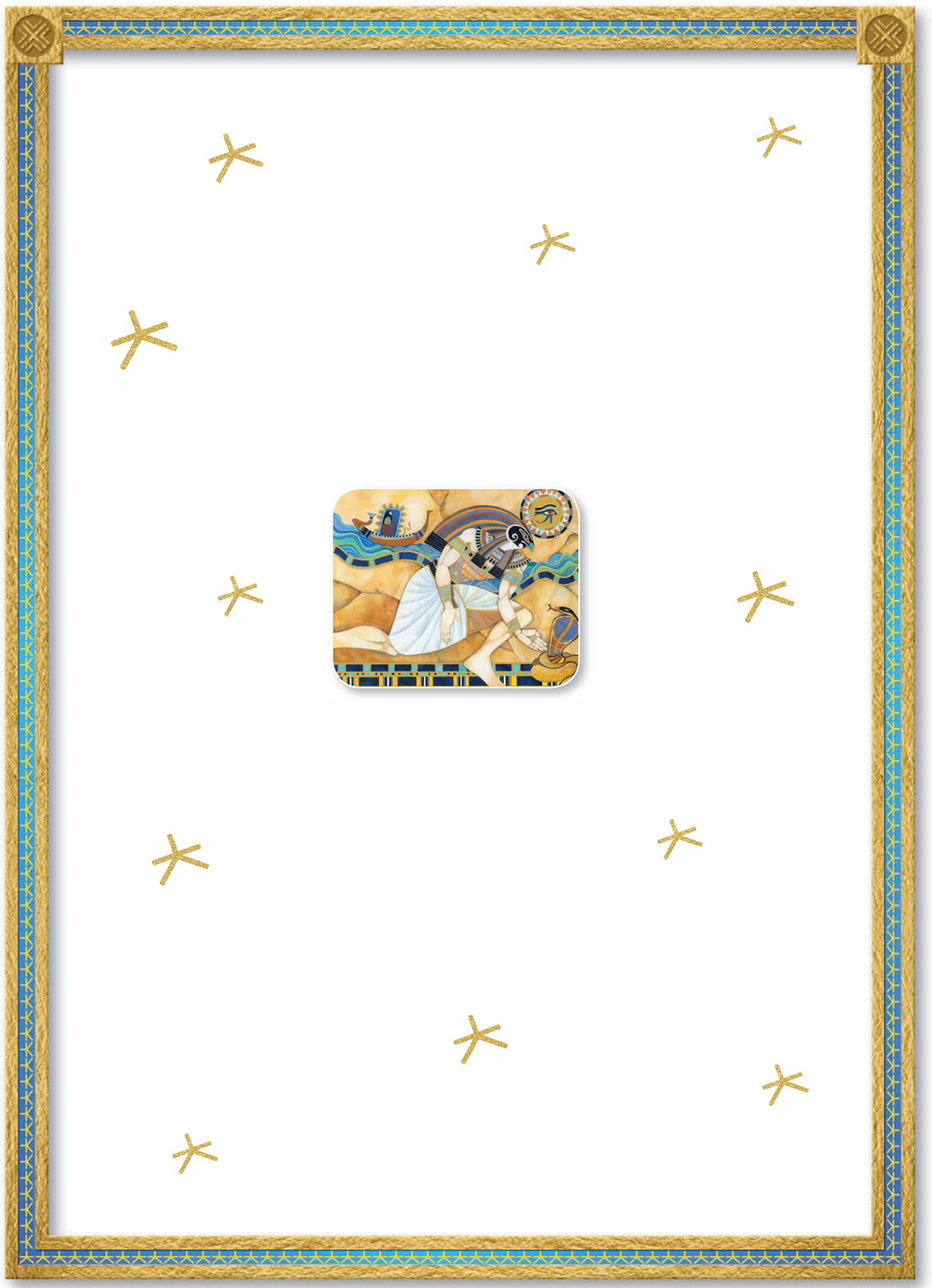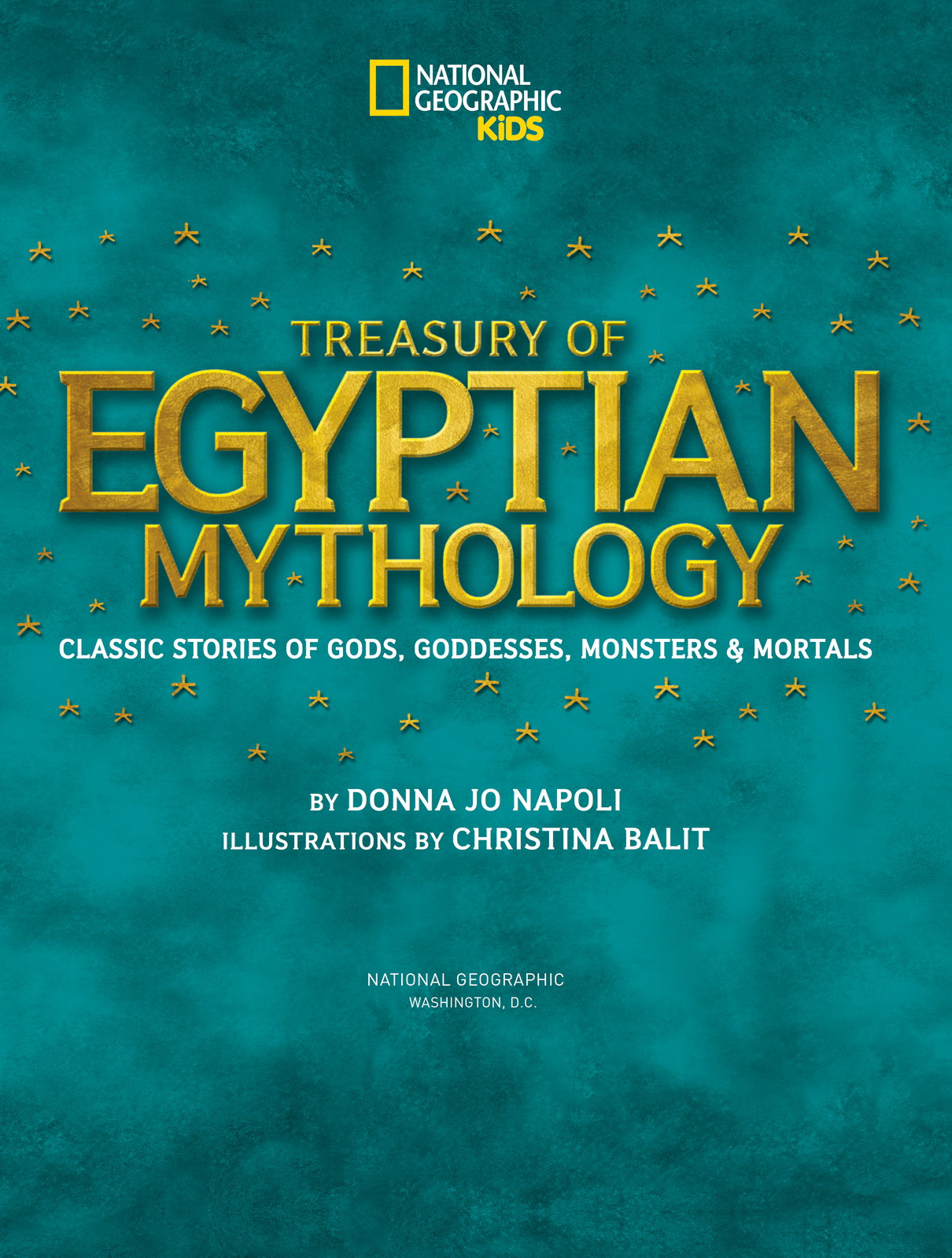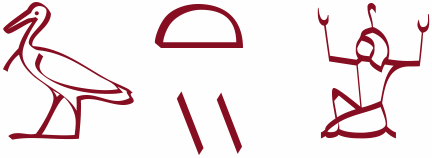Text Copyright 2013 Donna Jo Napoli
Illustrations Copyright 2013 Christina Balit
Compilation Copyright 2013 National Geographic Society
All rights reserved. Reproduction of the whole or any part of the contents without written permission from the publisher is prohibited.
Published by the National Geographic Society
John M. Fahey,
Chairman of the Board and Chief Executive Officer
Declan Moore,
Executive Vice President; President, Publishing and Travel
Melina Gerosa Bellows,
Executive Vice President; Chief Creative Officer , Books, Kids, and Family
Prepared by the Book Division
Hector Sierra,
Senior Vice President and General Manager
Nancy Laties Feresten,
Senior Vice President, Kids Publishing and Media
Jay Sumner,
Director of Photography, Childrens Publishing
Jennifer Emmett,
Vice President, Editorial Director, Childrens Books
Eva Absher-Schantz,
Design Director, Kids Publishing and Media
R. Gary Colbert, Production Director
Jennifer A. Thornton, Director of Managing Editorial
Staff for This Book
Priyanka Lamichhane, Project Editor
David M. Seager, Art Director
Lori Epstein, Senior Photo Editor
Ariane Szu-Tu, Editorial Assistant
Callie Broaddus, Design Production Assistant
Hillary Moloney, Associate Photo Editor
Carl Mehler, Director of Maps
Stuart Armstrong, Map Art
Martin Walz, Map Research and Production
Grace Hill, Associate Managing Editor
Joan Gossett, Production Editor
Lewis R. Bassford, Production Manager
Susan Borke, Legal and Business Affairs
Production Services
Phillip L. Schlosser, Senior Vice President
Chris Brown, Vice President, NG Book Manufacturing
Rachel Faulise, Manager
Darrick McRae, Imaging Technician
Cover: Ra and Usir sit on thrones, fittingly, since Ra rules aboveground and Usir rules below. In front of each stands a challenger. Aset nearly killed Ra with the snakebite. Set did kill Usir.
ILLUSTRATION CREDITS
All artwork by Christina Balit unless otherwise noted below: Willyam Bradberry/
The National Geographic Society is one of the worlds largest nonprofit scientific and educational organizations. Founded in 1888 to increase and diffuse geographic knowledge, the Societys mission is to inspire people to care about the planet. It reaches more than 400 million people worldwide each month through its official journal, National Geographic , and other magazines; National Geographic Channel; television documentaries; music; radio; films; books; DVDs; maps; exhibitions; live events; school publishing programs; interactive media; and merchandise. National Geographic has funded more than 10,000 scientific research, conservation, and exploration projects and supports an education program promoting geographic literacy.
For more information, please visit www.nationalgeographic.com
call 1-800-NGS LINE (647-5463),
or write to the following address:
National Geographic Society
1145 17th Street N.W.
Washington, D.C. 20036-4688 U.S.A.
Visit us online at
nationalgeographic.com/books
For librarians and teachers:
ngchildrensbooks.org
More for kids from National Geographic:
kids.nationalgeographic.com
For information about special discounts for bulk purchases, please contact National Geographic Books Special Sales:
For rights or permissions inquiries, please contact
National Geographic Books Subsidiary Rights:
eBook ISBN: 978-1-4263-1861-0
Hardcover ISBN: 978-1-4263-1380-6
Hardcover Library Binding ISBN: 978-1-4263-1381-3
v3.1
For the spirit of my maternal grandmother, who was born in Alexandria. DJN
To my special friend Tessa. CB

CONTENTS

INTRODUCTION
A ll people count on the sun. It gives them light and warmth. And they count on fresh water, too. Animals and plants need rain, even those that live in the sea, for the sea would grow too salty without it. In modern times, farmers still are concerned with sun and fresh water, because they rely on both to make plants grow, but city people might not think about it much. Our light can be turned on with a wall switch. Our water comes to us through pipes. But in ancient times, sun and fresh water were everyones concern.
Humans wandered through the Nile valley thousands and thousands of years ago. But around the year 7000 B.C., humans settled there for good. They lived in small, scattered tribes. They foraged and hunted for food, and they raised domesticated animals, such as cows and sheep. In those days Egypt had plenty of grassy land for animals to feed on, especially to the west of the Nile valley, and it also had a mild, wet climate.
But then the climate grew drier. The grasslands known as savannas shrank. Deserts formed. Wild animals had to move close to the Nile shores for water. People followed the animals. Soon towns appeared up and down the riverbanks. And by around 4000 B.C. people turned to produce food. Perhaps there werent enough plants for foraging anymore. Or perhaps they learned farming from foreigners. Either way, farming meant they could feed lots of people. So towns grew large and stable.
Egyptian farmers relied on three seasons. One season was the flood, when the Nile would overflow its banks. As the floods withdrew, they left behind a muddy substance called silt. Silt is rich in minerals, and it made the soil fertile. Next came the planting and growing season. Finally came the hot and dry harvest season, the time when farmers gathered their crops.
Ancient Egyptian mythology put the sun god Ra in charge of these seasons. After all, his movement across the sky made day and his movement across the underworld made night. Because of his light, crops grew. The very pattern of Egyptian life depended upon Ra.
Egyptian mythology reflects this. Ra is one of the earliest gods, and he remains an create objects and living beings. From his tears came the first humans. Perhaps the Egyptians, then, really believed in only one godthe sun godwho could take many forms.
A note to ebook readers : We hope you find the art in this book as enchanting as we do. To experience it in more detail, you may be able to enlarge it. In most reading systems, you can double tap on the image to bring up a full-screen viewer with zoom and pan functionality.

PREFACE
History of Egyptian Names
I ts hard to know what ancient Egyptians called their hieroglyphs the god Tehutis name was:


